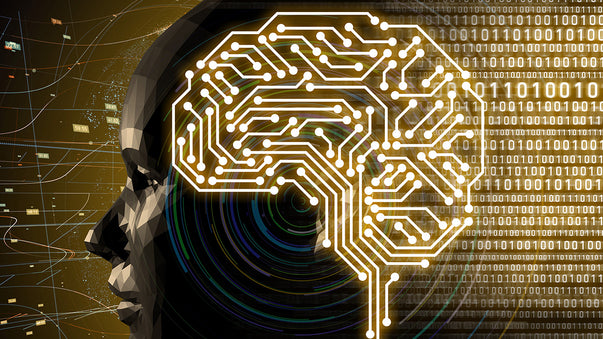Artificial Nerves Control a Carnivorous Plant

Researchers led by Linköping University have built an artificial organic neuron (a nerve cell). It can be integrated with a living plant, and an artificial organic synapse. Both the neuron and the synapse are made from printed organic electrochemical transistors.
"We've developed ion-based neurons, similar to our own, that can be connected to biological systems," explains researcher Chi-Yuan Yang in a press release issued by Linköping University. “Organic semiconductors have numerous advantages - they're biocompatible, biodegradable, soft and formable. They only require low voltage to operate, which is completely harmless to both plants and vertebrates.”
A paper is published in Nature Communications. In it, the researchers describe the artificial neuron.
They report that they have integrated the neuron with a Venus flytrap, a carnivorous plant that catches its prey in a trap formed by the plant’s leaves. The electrical pulses from the artificial neuron can cause the plant's leaves to close, although no fly has entered the trap.
"We chose the Venus flytrap so we could clearly show how we can steer the biological system with the artificial organic system and get them to communicate in the same language," says lead researcher Simone Fabiano.
The researchers have used printable organic electronics - electrochemical circuits - optimized for manufacturing in printing presses on thin plastic foil. Thousands of transistors can be printed on a single plastic substrate. The printed transistors can emulate the neurons and synapses found in biological systems.
"For the first time, we're using the transistor's ability to switch based on ion concentration to modulate the spiking frequency," says researcher Padinhare Cholakkal Harikesh. The spiking frequency gives the signal that causes the biological system to react.
"We've also shown that the connection between the neuron and the synapse has a learning behavior, called Hebbian learning,” adds Fabiano. “Information is stored in the synapse, which makes the signaling more and more effective."
Hebbian learning is “the process by which the strength of the connection between two neurons increases or decreases based on activity,” explains SingularityHub. This is similar to how information is encoded into the brain, with the strengths of connections between biological neurons controlling the function of different brain circuits.
The researchers note their organic electrochemical technology could find applications in future brain-machine interfaces, prosthetics, and intelligent soft robotics. The technology could facilitate anything that requires integrating artificial devices with biological systems. And the possibility to fuse multiple sensing elements in artificial neurons could enable the development of event-based wearable electronics and medical implants, able to continuously monitor health in the human body.
SingularityHub notes that the demonstration of an artificial neuron that can interface directly with biological systems is a significant breakthrough. “With further work, this could make the merging of man and machine a far more realistic prospect.”
More Articles
Don't miss a beat! In our Pulse Newsletter, Thrivous curates the most important news on health science and human enhancement, so you can stay informed without wasting time on hype and trivia. It's part of the free Thrivous newsletter. Subscribe now to receive email about human enhancement, nootropics, and geroprotectors, as well as company news and deals.
Read more articles at Thrivous, the human enhancement company. You can browse recent articles in Thrivous Views. See other Pulse Newsletter articles. Or check out an article below.
-
MRI with Genetic Reporter Builds Map of Brain Activity
MIT researchers have devised a way to monitor individual populations of neurons. It can reveal how the neurons interact with ...
-
Alpha Lipoic Acid Enhances Effect of Exercise on Muscles
Researchers at German Sports University have studied the effects of alpha lipoic acid (ALA) supplements on performance and muscle strength ...


